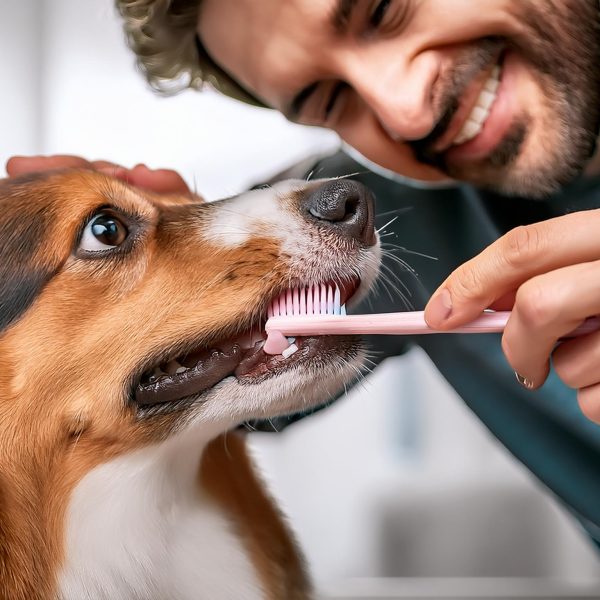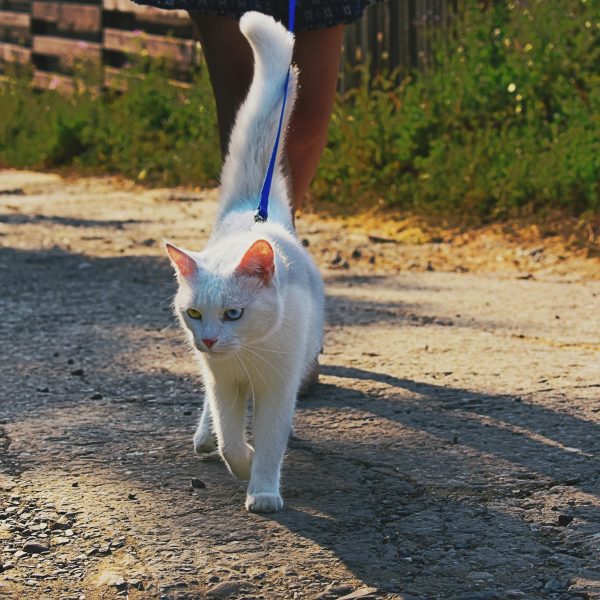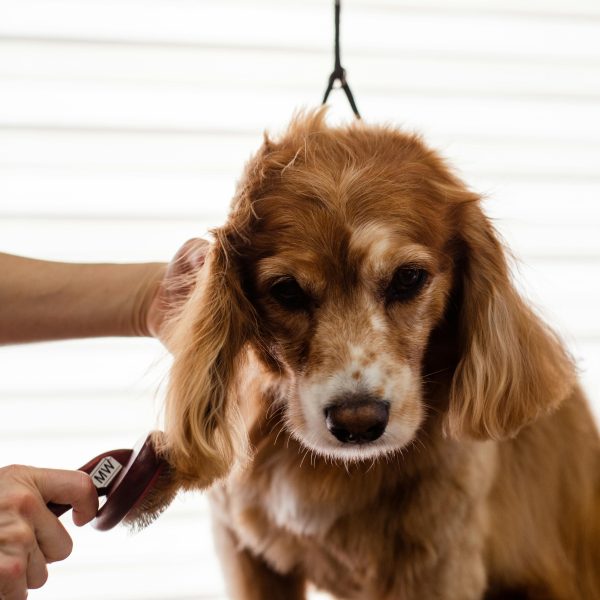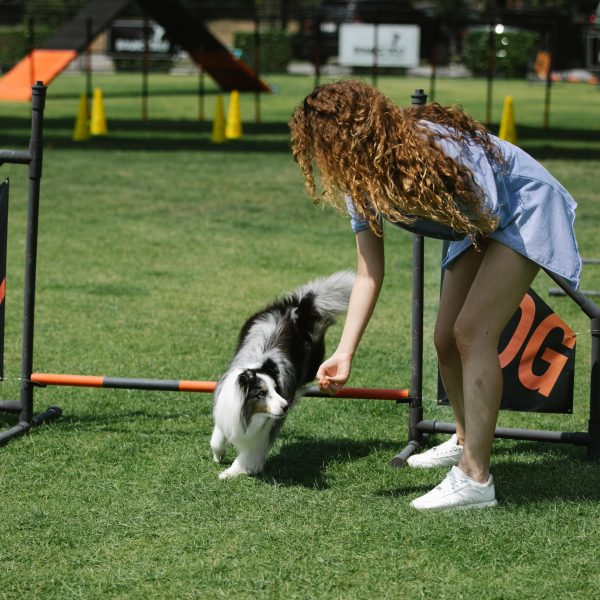Taking care of dogs encompasses more than just aesthetic appearances; it significantly impacts their overall health and happiness. Grooming practices tailored to different dog breeds, with their distinctive coat types, textures, and lengths, are essential for maintaining their well-being. By recognizing these individual characteristics, we can provide grooming routines that cater to the specific needs of each breed.
Coat Types and Their Significance
Grooming considerations begin with understanding the diversity of coat types among various dog breeds. There are three primary coat types: short, medium, and long. Breeds with short coats, such as Labrador Retrievers and Boxers, possess dense fur that requires minimal grooming. Regular brushing contributes to a healthy coat by eliminating loose hair and distributing natural oils.
Medium-coated breeds, like Cocker Spaniels and Golden Retrievers, boast fuller and denser fur. These dogs benefit from frequent brushing to prevent tangles and mats. Additionally, regular baths are crucial for maintaining cleanliness and averting potential skin issues in these breeds.
On the other hand, long-coated breeds, exemplified by Afghan Hounds and Shih Tzus, showcase luxurious flowing fur demanding meticulous grooming attention. These breeds necessitate regular brushing to prevent tangles and mats. Furthermore, engaging professional groomers for hair trimming and shaping is vital to avoid the accumulation of parasites and skin infections within their long coats.
Texture-Specific Grooming Needs
Apart from coat type, the texture of a dog’s fur plays a pivotal role in grooming. Fur can be wavy or curly, each requiring distinct grooming approaches. Breeds with wiry coats, including Poodles and Bichon Frises, often shed minimally. However, their coats demand regular brushing and professional grooming to prevent matting and sustain their breed’s distinctive appearance.
Breeds like Water Dogs and Irish Water Spaniels, characterized by their coats’ texture, benefit from routine brushing to prevent tangles and distribute natural oils for a lustrous shine. Conversely, breeds such as Basenjis and Chihuahuas demand less grooming due to their limited shedding. Nonetheless, routine brushing remains necessary to thwart matting and bolster skin health.
Anatomical Considerations for Grooming
Taking anatomical features into account is equally vital when it comes to grooming different dog breeds. Breeds with droopy ears, such as Cocker Spaniels and Basset Hounds, are prone to ear infections owing to reduced airflow in the ear canal. Ensuring the cleanliness and dryness of your dog’s ears is crucial to avert bacterial and fungal growth.
Certain breeds, including Bulldogs and Pugs, feature wrinkles and folds necessitating extra attention. These creases can trap dirt and moisture, potentially leading to skin irritations and infections. To maintain healthy skin, gently cleanse these areas with a cloth and ensure thorough drying.
Comprehensive Grooming Care
Grooming extends beyond coat, texture, and anatomy considerations. Caring for your dog’s nails, teeth, and paws is equally imperative. While breeds like Greyhounds and Border Collies naturally wear down their nails, regular trimming remains essential to prevent discomfort and potential injury. Breeds with dewclaws, like Great Pyrenees and Briards, require diligent care to maintain clean and appropriately trimmed digits.
Oral hygiene profoundly impacts a dog’s overall health. Smaller breeds such as Yorkshire Terriers and Chihuahuas are particularly susceptible to oral issues due to crowding in their mouths. Regular teeth brushing and providing dental chews can prevent plaque buildup and periodontal diseases.
Attending to paw care is equally vital, especially for breeds with hair on their feet, such as Shih Tzus or Lhasa Apsos. Regularly trimming paw hair and checking for debris between paw pads helps prevent discomfort and potential infections. Additionally, applying paw balms offers protection against weather conditions and rough surfaces.
Conclusion
Grooming practices for various dog breeds transcend mere aesthetics; they constitute a personalized approach to ensuring your canine companion’s health, comfort, and overall well-being. An in-depth understanding of coat types, textures, and anatomical features is paramount to establishing effective grooming routines. By dedicating time and attention to grooming, you safeguard your beloved pet’s healthy life, preventing discomfort and complications that might arise from neglecting their unique grooming needs.








